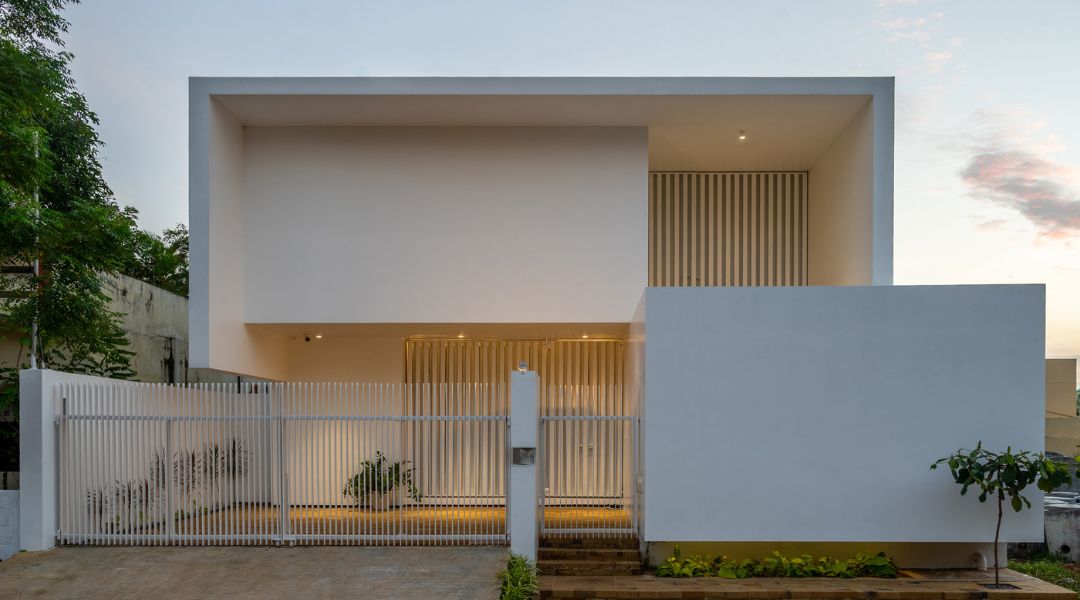
LID Architects Use Its Client’s Inputs to Make Their House Energy Efficient
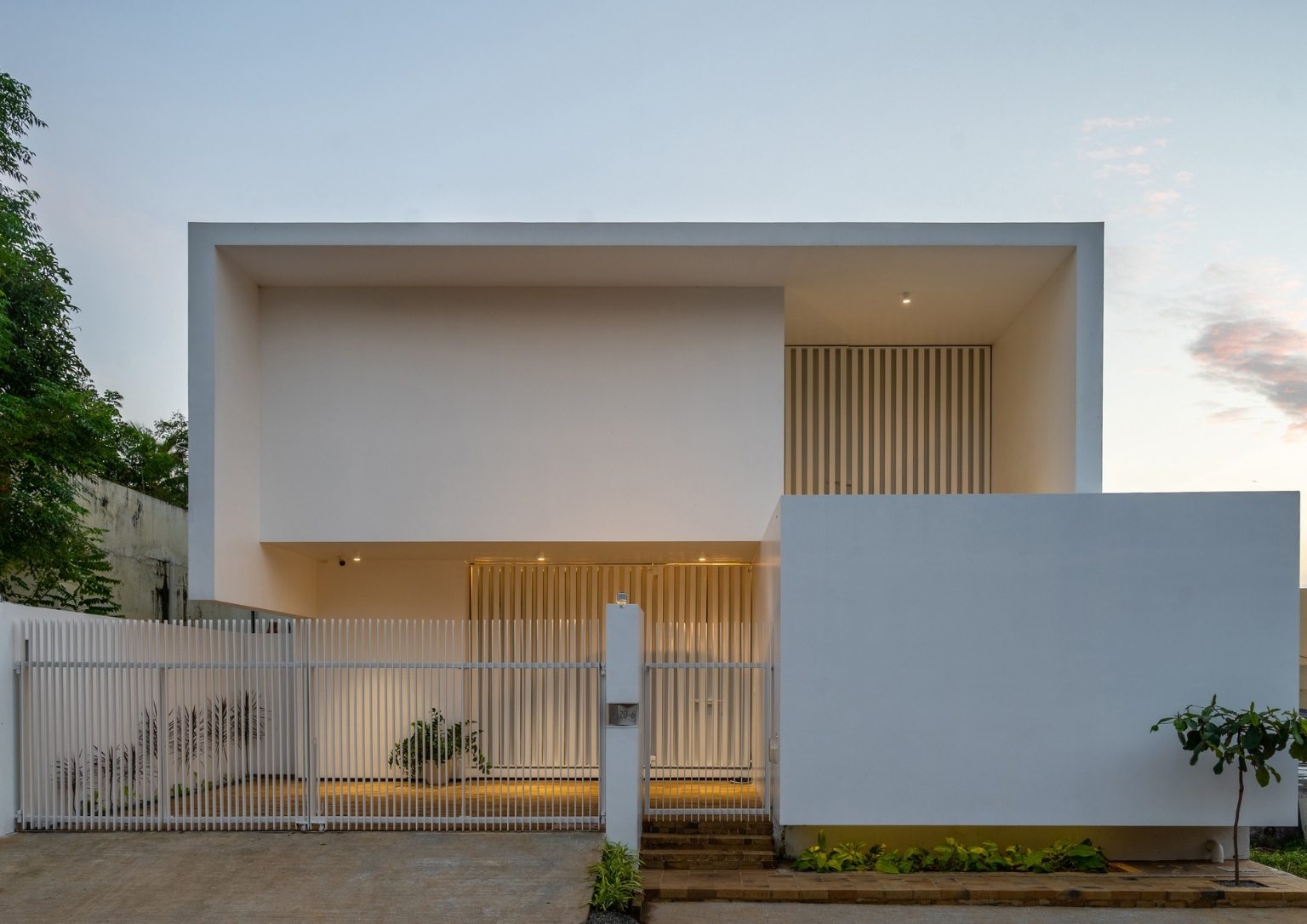
Comfort is paramount when designing a house. It is a place where residents can rest and enjoy quality time with each other at any time of the day at any season. Designing a comfortable house, however, can often mean more energy consumption. In its recent project, LID Architects collaborated with its civil engineer client to gather inputs in making the house energy efficient while providing maximum comfort.
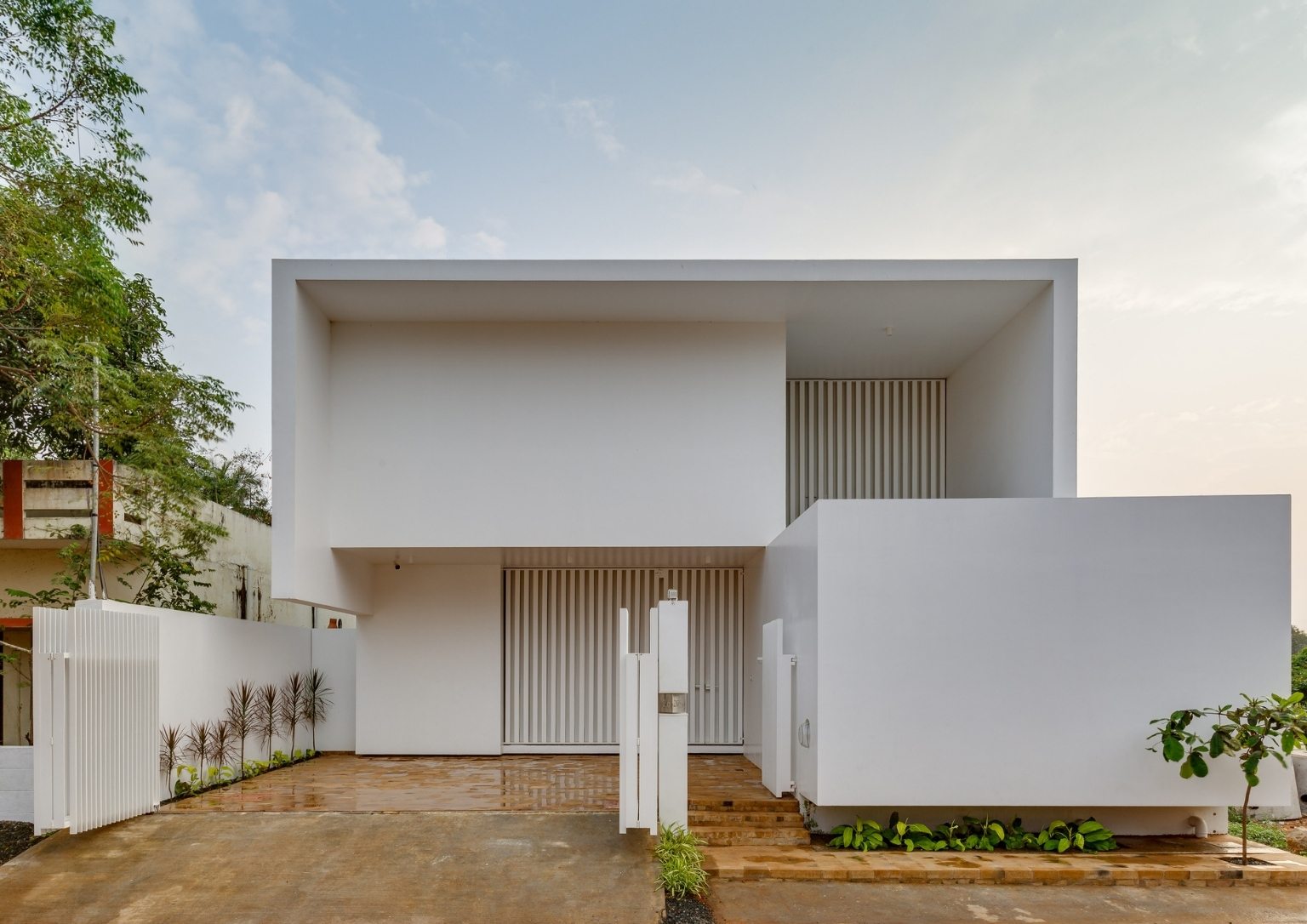
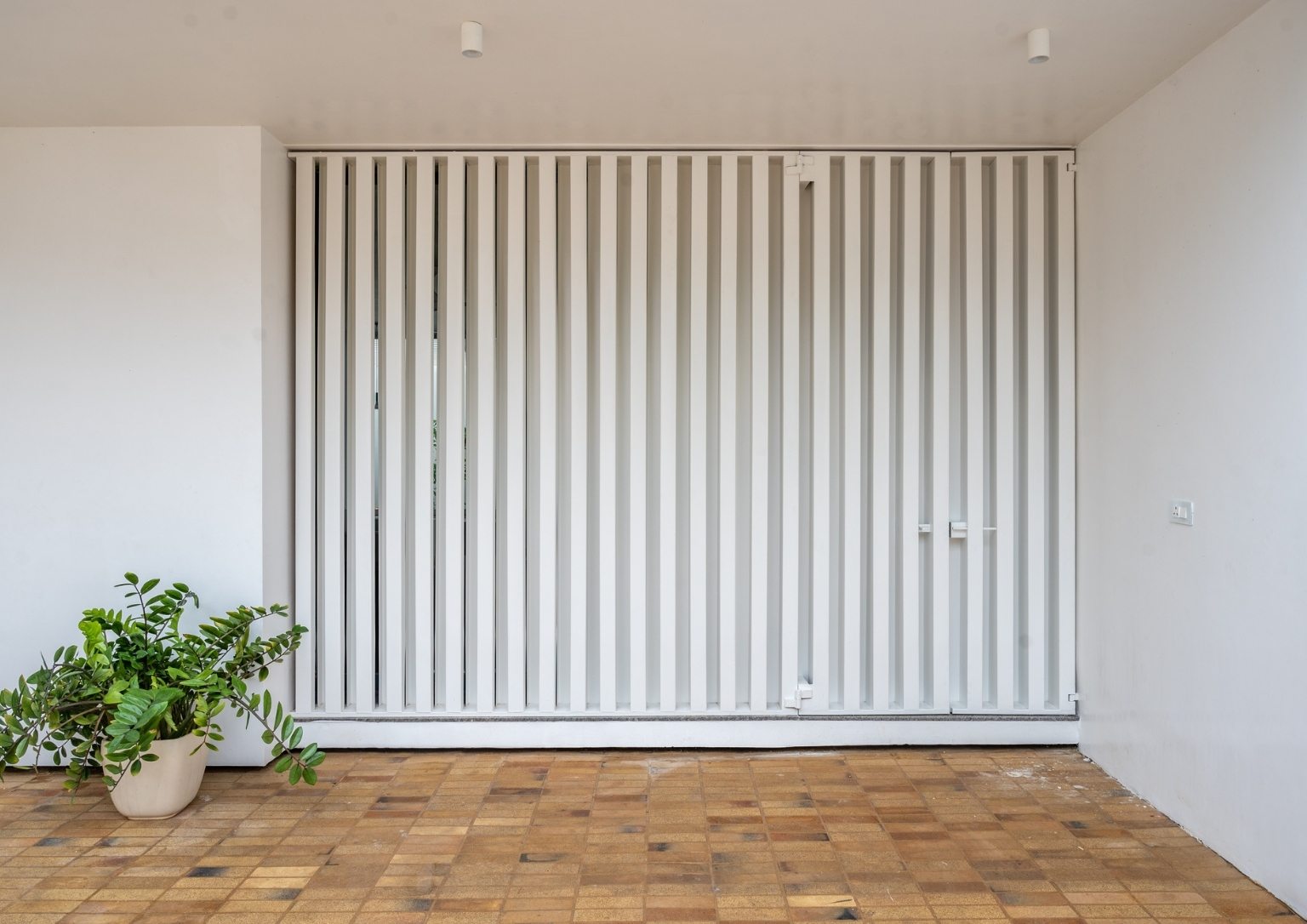
As a civil engineer, the client has built over 4000 houses in the region and has an in-depth knowledge of construction techniques and energy modulation. The architect has designed the house with shuttle-wise white boxes with customized steel fins on the facade.

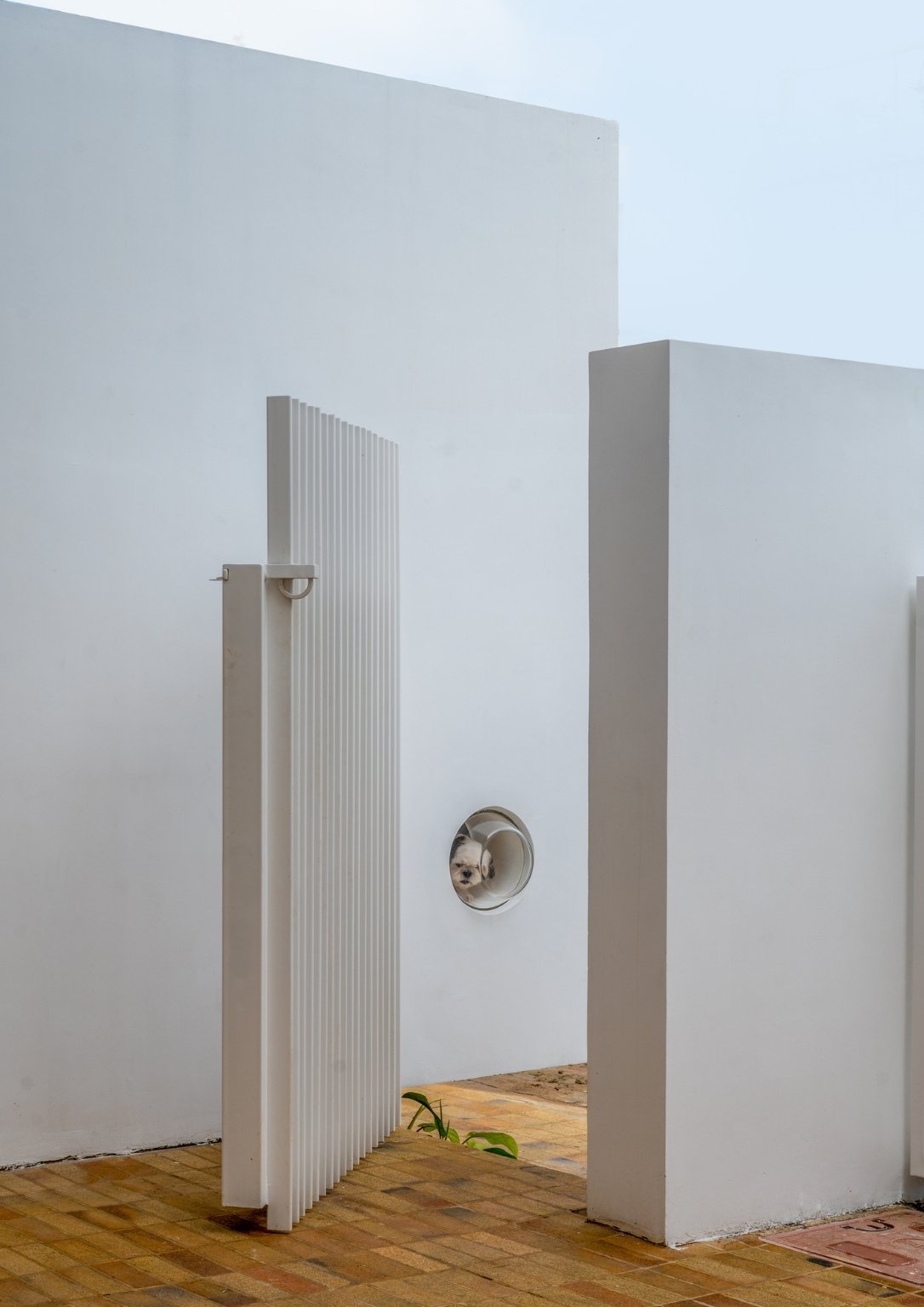
A stainless-steel rotating cube has an inscription of the arithmetic representation of the house number. The house number also has been cut out on the front floating slab for a charming night view projection. This creates a minimal, unconventional, and captivating elevation.
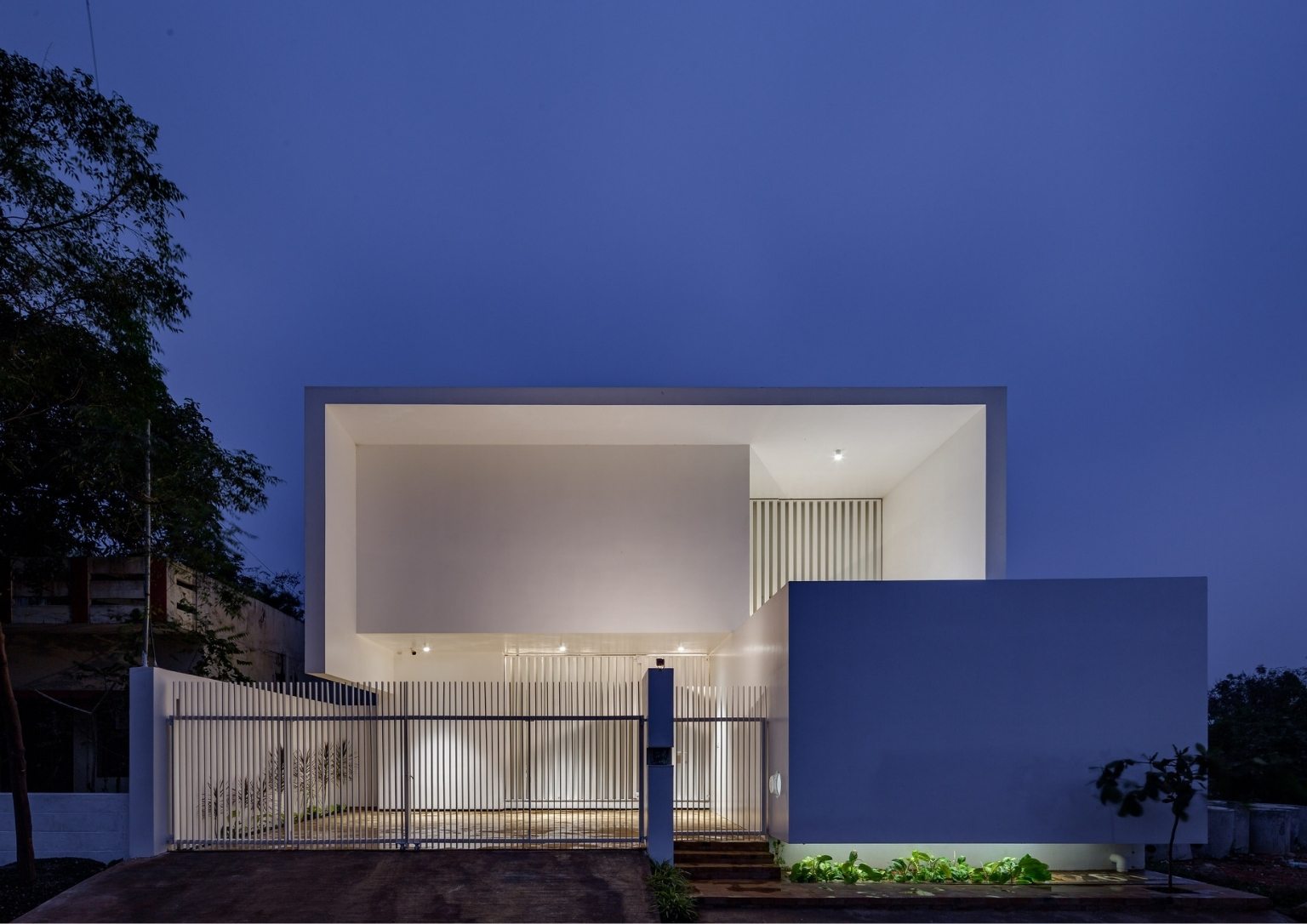
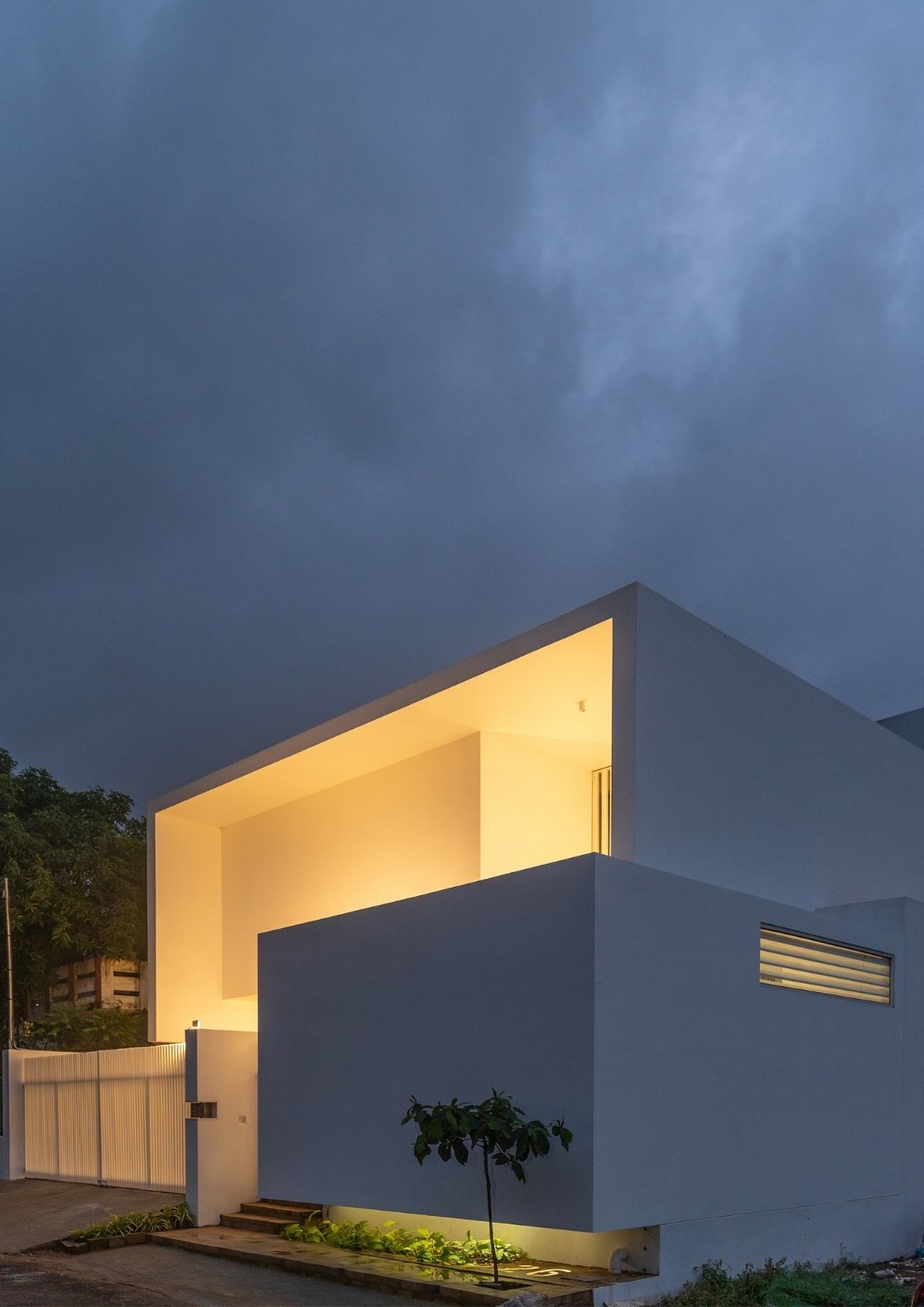
Moreover, the house is located in a sub-tropical area where the average temperature difference between low to high is 12 degrees Celsius. The architect proposed to have large openings at the ground and first-floor roof levels to harvest the coolness during the night. Not having windows at the outer perimeter helps retain this absorbed coolness.

They have ventilators in the double-height areas to release the hot air during the daytime. The architect explained that it rises because of the stack effect and helps in regular ingress of fresh air into the building. The temperature inside the house is 8 degrees Celsius cooler than outside across all seasons during the daytime.

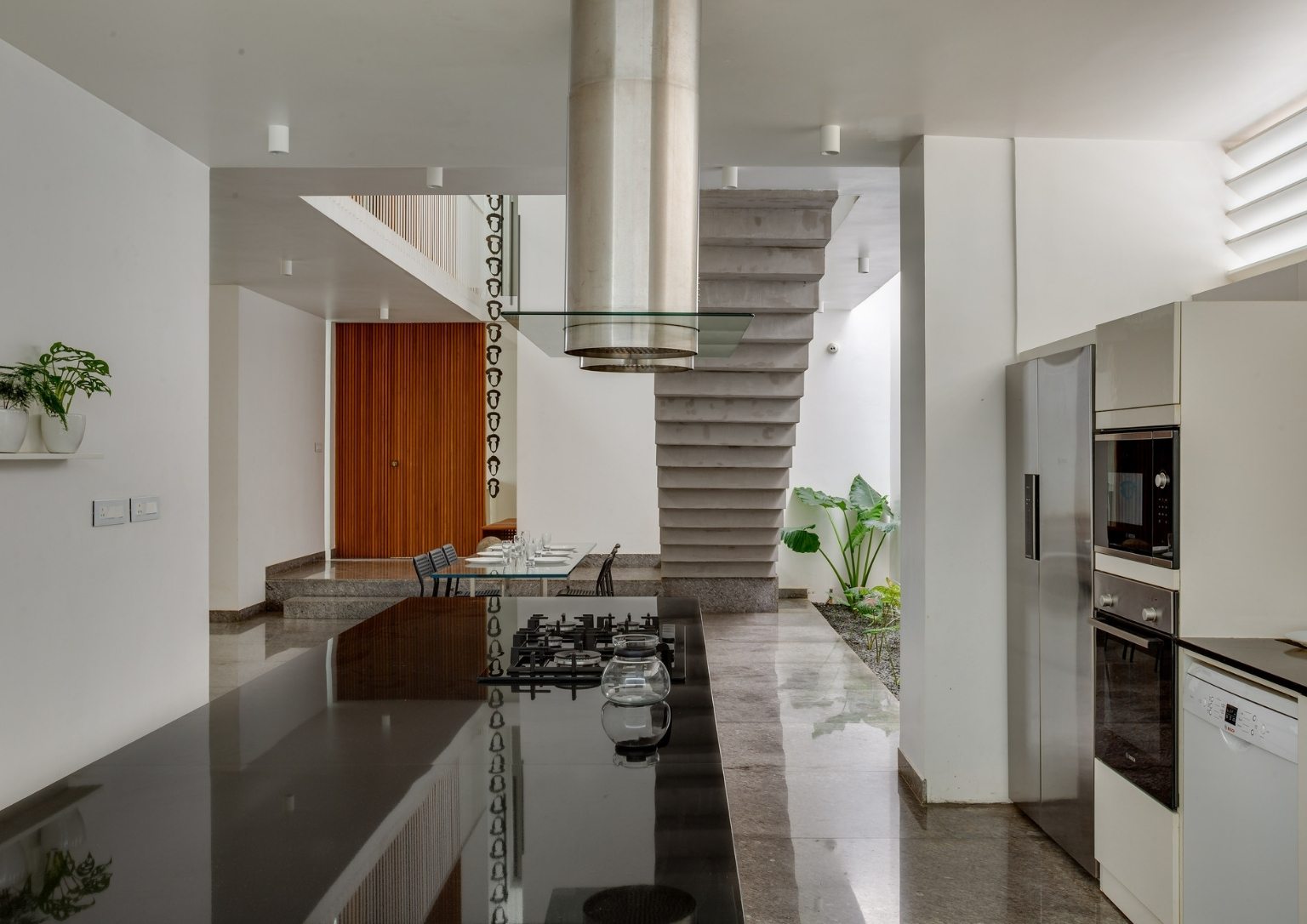
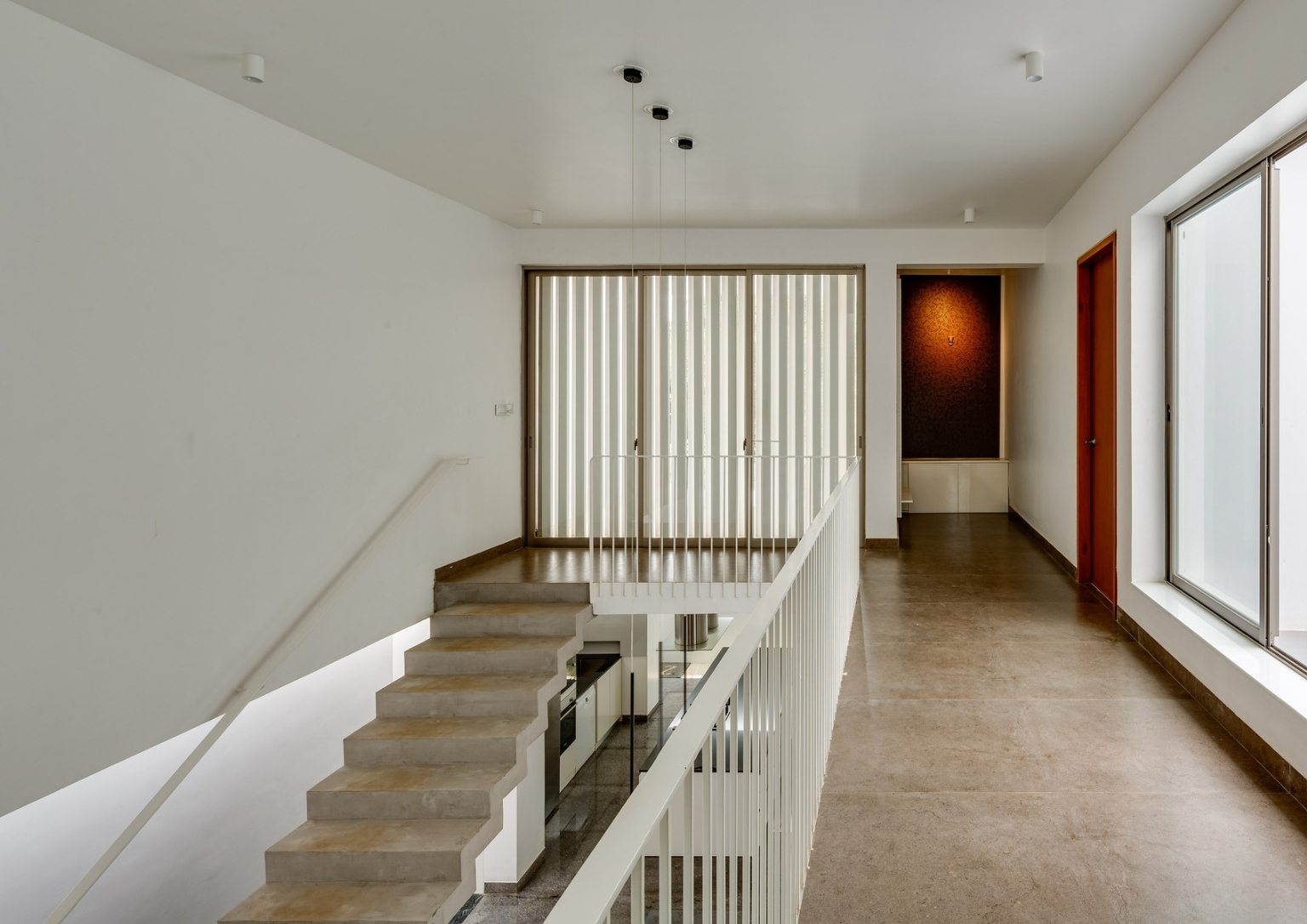
The architect also created an island kitchen and exposed concrete staircase that elevated the aesthetic of the interior. They also added a circular dog viewpoint to overlook the street view.


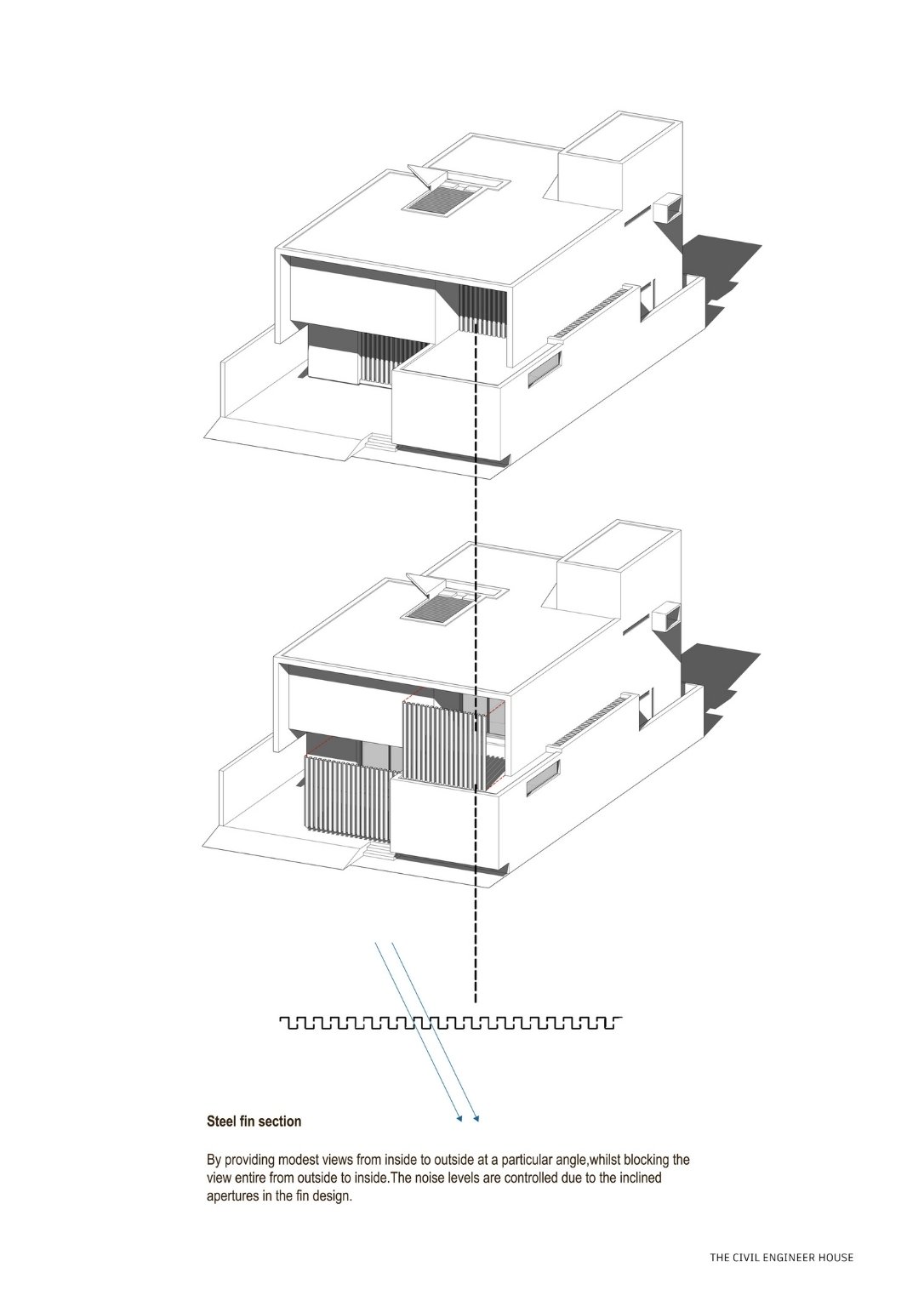

The exterior has steel fins customized to obstruct any direct view from the outside and reduce vision from inside to the out. The design pattern of the steel fins also reduced the outside noise level.
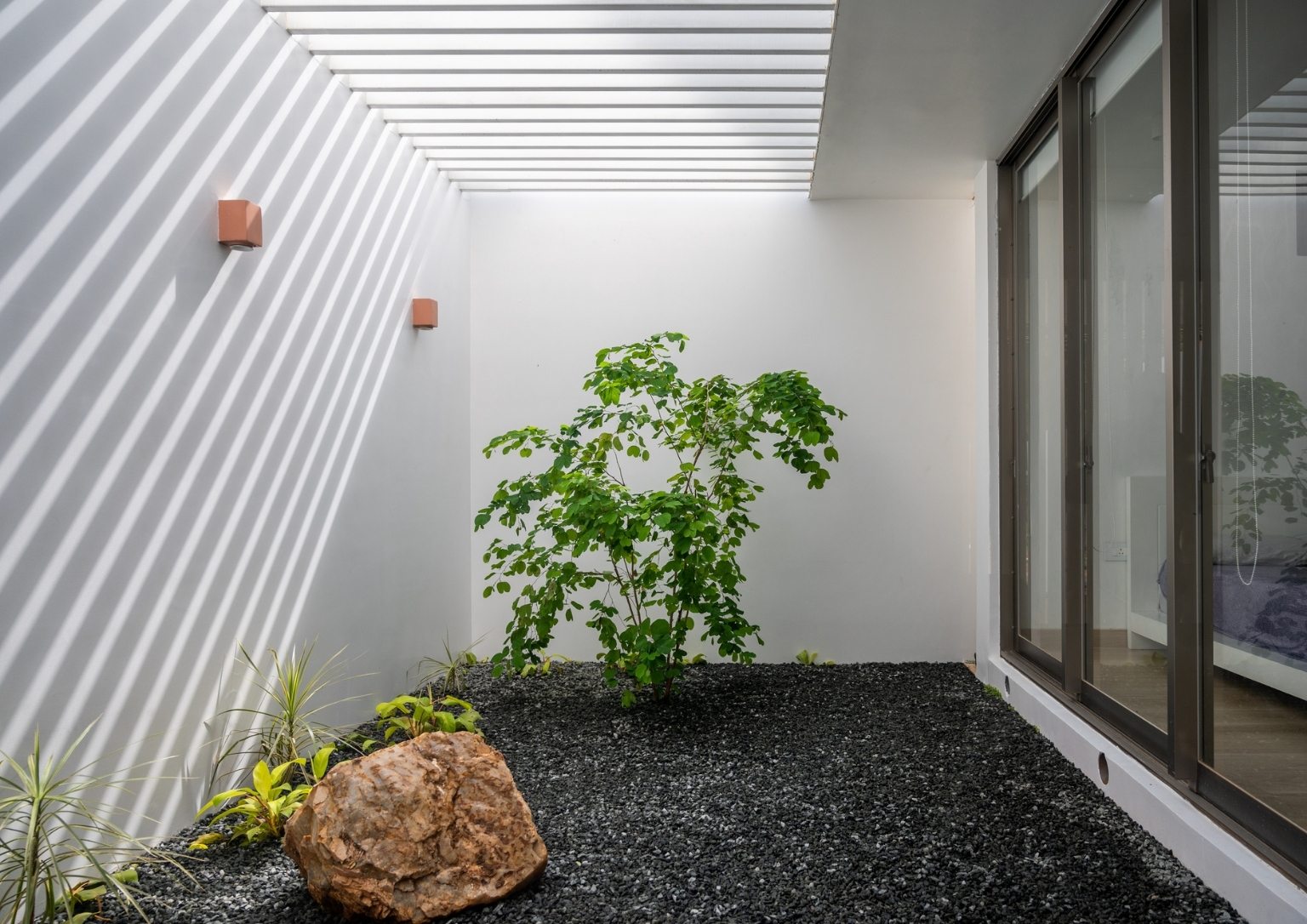
A volcanic ash layer has been plastered over the all-exposed walls including the rooftop. The car park, meanwhile, has recycled brick flooring to avoid heat radiation. The house also collects rainwater in a sump with a measuring scale.
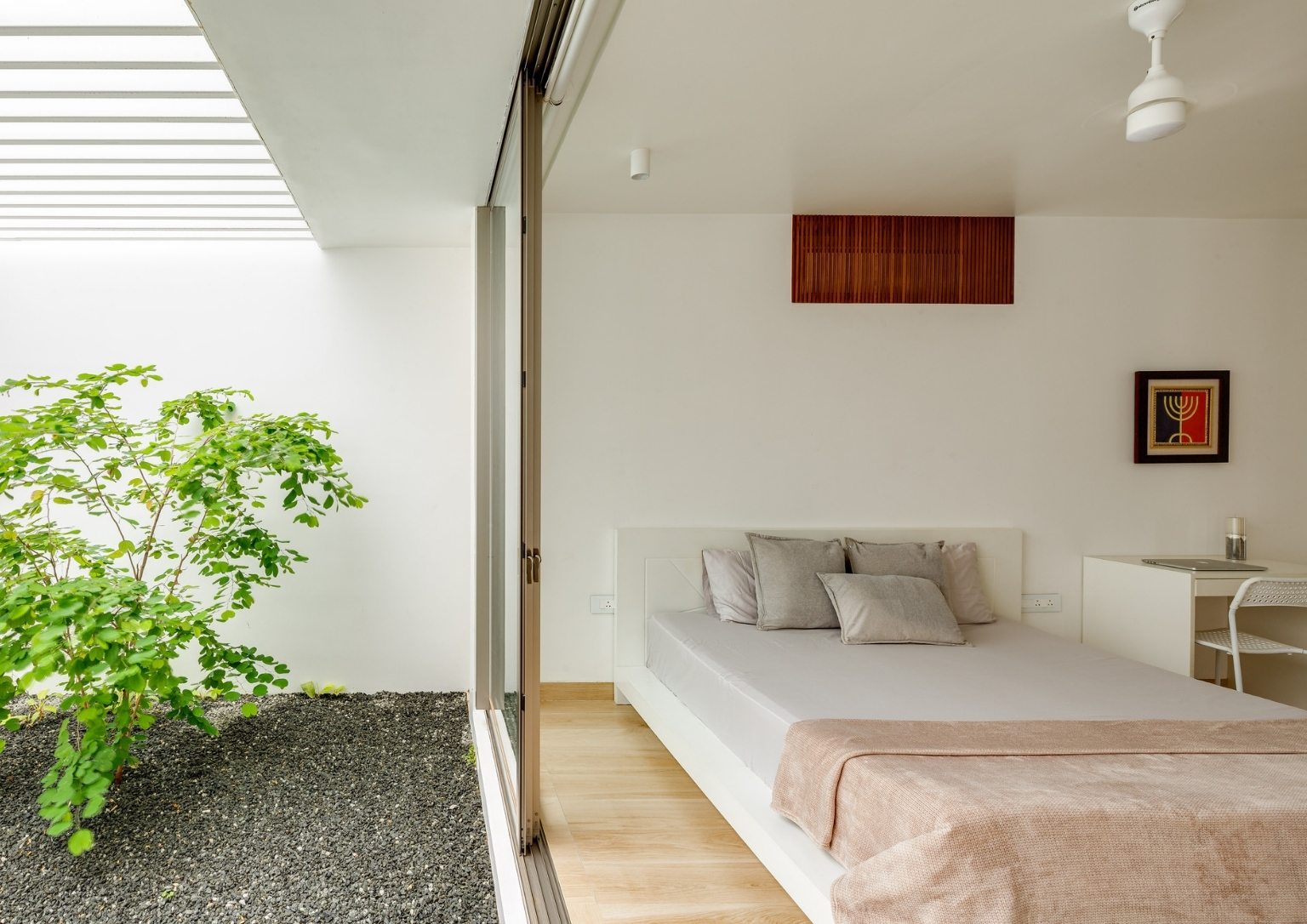
Adapting different energy-efficient practices contributes to reducing power consumption by up to 60 percent per month. The residence has effectively applied engineering and architectural prospects.
Photos from Somasundaram, Gopi Thodupunuri


